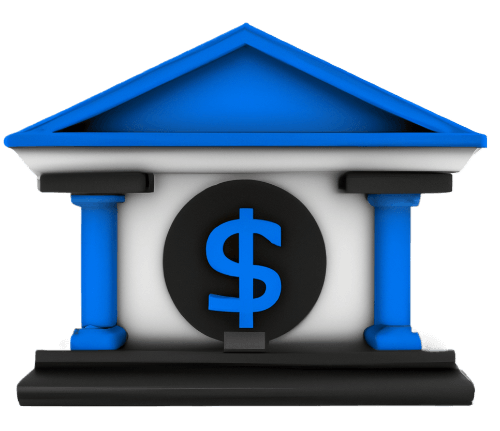Exogenous Variables and Endogenous Variables
In economics, models use two types of variables: endogenous variables, which are the variables the model seeks to explain, and exogenous variables, which are the variables the model does not explain and takes as "given."
Endogenous Variables
Endogenous variables are those whose values are determined within the economic model. In other words, they result from interactions between other variables within the system. Their behavior and values depend on the structure of the model and the relationships it establishes between the different variables.
Exogenous Variables
Exogenous variables are those whose values are determined outside the model or which the model does not explain. These variables are not affected by interactions occurring within the model. In other words, they are considered "given," and the economic model is not concerned with explaining them. However, they are used as initial conditions for the model.
Exogenous and Endogenous Variables in Economic Models
The main objective of economic models is to show how exogenous variables influence or affect endogenous variables. Economic models are nothing more than simplified theories of reality that demonstrate the relationship between different economic variables. Exogenous variables come from outside the model, meaning the model is not concerned with explaining these variables or determining what drives them. Instead, the model uses them to try to explain the behavior of endogenous variables, which are precisely the ones the model is concerned with. As a result, economic models show how changes in exogenous variables affect endogenous variables.
